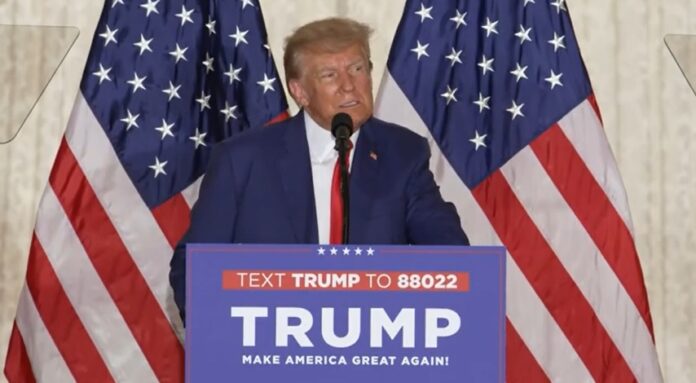In Argentina, champagne boxes contained Nazi documents – Liberation

The basement of the Supreme Court of Buenos Aires, a few dozen meters from the Plaza of the República dominated by the famous obelisk, is a labyrinth where the Archives of Argentine Federal Justice are piled up. Thousands of sheets of paper of all kinds, which can reserve surprises. On the occasion of renovation work prior to the opening of a Museum of the Supreme Court, legal officials have just discovered twelve large, forgotten wooden champagne boxes there for more than eighty years.
Inside, according to information revealed Sunday, May 11 by the national daily Clarínhundreds of documents relating to Nazism in Argentina, on which historians will now look. Propaganda equipment dedicated to « The dissemination of Adolf Hitler’s ideas »notebooks from the exterior section of the Nazi party, passports, member cards …
History dates back to the summer of 1941, at the heart of the Second World War. On June 20, Argentinian customs officials intercept a cargo sent from Japan, a military ally of the Third Reich, aboard the ship Nana Maru. Officially, it contains « Personal objects » to the staff of the German Embassy in Buenos Aires. But the border services decide to seize it, worried that packages do not contain elements likely to contravene the policy of neutrality announced at the start of the war by President Roberto Marcelino Ortiz.
« The content of the cargo consists largely in anti -democratic propaganda material and harmful to the nations with which the Argentine Republic maintains normal relations »had then pleaded the deputy Raúl Damonte Taborda, member of a legislative commission on the « Anti-argentinian activities ». The government had finally opposed the seizure, and the case had been brought by the deputies before the courts, until the Supreme Court where the famous packages had been stored, awaiting a decision never pronounced.
The discovery of the subsoil of the Supreme Court could allow academics to better understand the spread of Nazism in Argentina during the Second World War. It is known that Thousands of Nazis have found refuge in the country of Latin America After the German capitulation in 1945 – the most famous of which are Adolf Eichmann, captured in Buenos Aires in 1960, and Josef Mengele.
But the ideology of the party of Adolf Hitler was in fact disseminated in Argentina in the 1930s, in particular due to the presence on the spot of a strong German diaspora. In April 1938, a supporting meeting in the 3rd Reich had brought together more than 20,000 people at the Luna Park in Buenos Aires. « The biggest Nazi gathering ever organized outside of Germany », according to Clarín. At the time, some 12,000 Argentines had their card to the national branch of the Nazi party.
By a funny chance of the calendar, the find comes a few weeks after the announcement of the declassification of a series of archives relating to the installation of Nazis in the country after 1945, promised at the end of March by the Argentine president, Javier Milei. These relate in particular to « Banking and financial operations » whose regime managers were able to benefit from escaping international justice. But the presidential announcement was deemed demagogue by human rights associations, because the far -right leader last year A series of budget cuts jeopardizing state memorial policies.
The new documents – those of the Supreme Court – were opened this Friday, in particular in the presence of representatives of the Holocaust museum and the president of the legal body, Horacio Rosatti. It will now take time, probably several weeks, for historians to investigate the abundance of sudden resources made available to them, assess their content and determine if they contain major information. In the meantime, the documents have been moved from the basement to the fourth floor of the courthouse, and placed under close surveillance.







